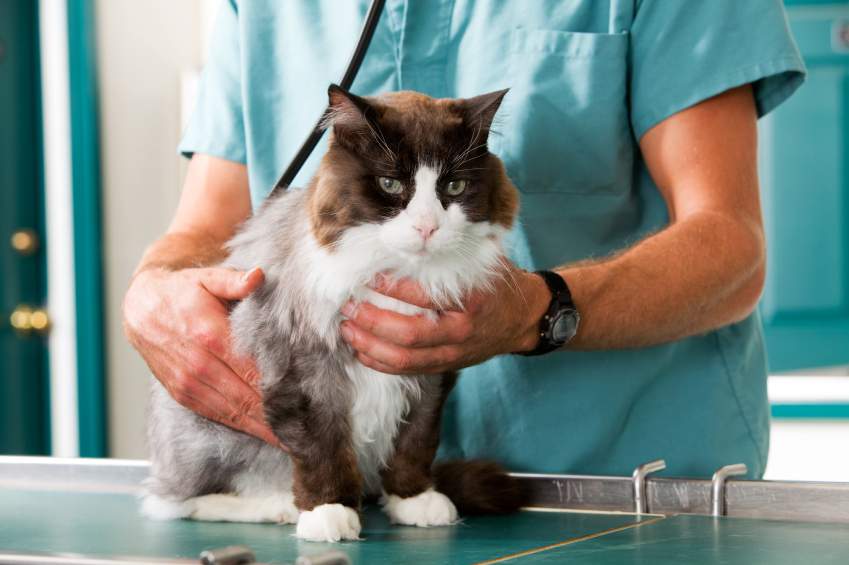
This article is not a debate about the pros and cons of the removal of a cat’s claws (declawing). This article concludes that there are no pros to this issue and comes out firmly against the procedure. Declawing a cat is illegal in many countries and officially deemed to be inhumane in others. Why then do some people still consider getting their cat declawed?
A major reason could be misunderstanding exactly what declawing is. The procedure does not just mean removing your cat’s nails, it involves cutting off each of the animal’s front toes at the front joint, which is the bone, ligaments and tendons. This is amputation.
There is often misunderstanding too about the after-effects of the surgery.
Cats feel pain and they can be in postoperative pain for a week or longer after declawing. Complications can arise from the procedure including re-growth of the claw, hemorrhaging, infection, abscesses, arthritis and joint stiffness.
A cat cannot ‘rest up’ after having its claws removed. It will still have to move about, to use the litter tray, etc. The animal will be placing its weight upon paws that have had substantial surgery performed on them; this cannot be anything but painful.
A cat’s toes help the paws connect with the ground at the correct angle. Declawing will modify the symmetry of the paw and can result in the pad touching the ground at a wrong angle causing the animal pain, and not just for the postoperative period.
Some owners that have made the decision to declaw their cat claim they see no change in their pet’s behavior. Many others report changes to their cat’s personality. Friendly cats may become nervous, timid or withdrawn. Others may become very defensively aggressive, through feeling vulnerable without their claws, and this feeling of vulnerability can bring on stress-related conditions such as skin disorders and bowel problems.
Sometimes cats refuse to use their litter tray after being declawed. This is because of the pain they get from scratching in the litter. Even after the wounds have healed the cat may shun the litter box because now it’s a place associated with agony.
Some people make the decision to declaw because they are fed up with kitty scratching the furniture, but often these cat owners have not properly tried other humane ways to solve the problem.
Scratching is a natural behavior for a cat. They do not do it just to ruin your home or for reasons of devilment. Scratching helps stretch a cat’s muscles and removes the worn-out sheaths of the nail from their claws. Scratching is also one of the ways cats mark their territory and if they are deprived of this means of marking by being declawed, they can use another means, usually urine spraying.
If scratching is natural for a cat and declawing is cruel, are you supposed to put up with your cat ruining your furniture? No, there are many ways to prevent scratching without resorting to inhumane surgery.
Cats, although famed and loved for their independent streak, can be trained. And they can be trained not to scratch. Rome was not built in a day and altering the behavior of an errant feline will take plenty of your patience, just remember that millions of owners enjoy the company of cats, that are not declawed, and do not scratch up the sofa.
This article is not the place to go too deeply into training your cat, not to scratch. Plenty of information can be found online and in good cat care books.
Scratching posts are a boon. Most cats can be trained to use them and not the furniture. Put the scratching post where kitty loves to scratch. You may need more than one but fortunately, good posts are not too expensive and well-constructed homemade versions can do just as well.
Nail covers, a.k.a. nail caps are another option. Most owners that have tried them say these vinyl caps work very well indeed. The caps are glued over the cat’s nails, using harmless glue, they will come off after a time but are no problem to replace. If you are uncertain about how to apply the caps yourself the first time, your vet may be willing to show you.
It is praise and not punishment that works with cats. Reward kitty with praise and the occasional healthy treat when she uses the scratch post and not your drapes. Keep at it, your cat will learn, you won’t regret your decision not to declaw – and neither will your cat.





